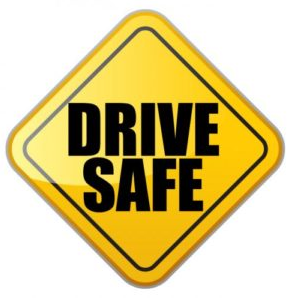Bipartisan DRIVE Safe Act Hailed by America’s Trucking Industry

American Trucking Associations President and CEO Chris Spear praised the legislation as critically important to the American economy
ATA sees bill as key component in long-term solution to the driver shortage
“The strong bipartisan, bicameral support behind this legislation demonstrates how real a threat the driver shortage presents to our nation’s economic security over the long-term – and how serious our lawmakers are about addressing it with common-sense solutions,” Spear said. “Given the broad coalition of interests backing this measure, there is growing understanding across the country that the impact of this issue reaches far beyond just trucking and commercial vehicles. It is a strain on the entire supply chain, from the manufacturers and producers on down to retail and the end consumer, who will see higher prices at the store.”
ATA is a member of the DRIVE Safe Act Coalition, co-led by ATA and the International Foodservice Distributors of America, and includes the National Association of Manufacturers, National Restaurant Association, National Retail Federation, Retail Industry Leaders of America and more than 40 other national trade associations and companies.
While 48 states permit individuals to obtain a commercial driver’s license and drive trucks at age 18, federal regulations prevent those drivers from crossing state lines until they turn 21. This restriction bars a vital population of job seekers from interstate trucking, exacerbating the driver shortage, as qualified candidates are lost to other industries. The DRIVE Safe Act would allow certified CDL holders already permitted to drive intrastate the opportunity to participate in a rigorous apprenticeship program designed to help them master interstate driving, while also promoting enhanced safety training for emerging members of the workforce.
The DRIVE Safe Act would help train younger drivers far and above current standards. Under the legislation, once a driver has met the requirements to obtain a CDL, they would begin a two-step program of additional training that includes a number of performance benchmarks each candidate must demonstrate competency in. In addition, they would be required to complete at least 400 hours of on-duty time and 240 hours of driving time with an experienced driver in the cab with them. All trucks used for training in the program must be equipped with NTSB-endorsed safety technology including active braking collision mitigation systems, forward-facing video event capture and a speed governor set at 65 miles per hour.
Significantly, all of these post-CDL training, safety, and technology standards under the DRIVE Safe Act would be required on top of all the pre-CDL training benchmarks that new drivers will be required to satisfy when the Entry Level Driver Training Rule goes in to effect in February 2020, which includes 59 different topics of knowledge and behind-the-wheel training for Class A CDL applicants.
“We thank Senators Todd Young and Jon Tester, and Congressmen Trey Hollingsworth and Henry Cuellar for their outstanding leadership in introducing this legislation, and we look forward to working closely with supporters on both sides of the aisle as we move this measure across the finish line,” said Spear.
Category: Featured, General Update, News, Safety









